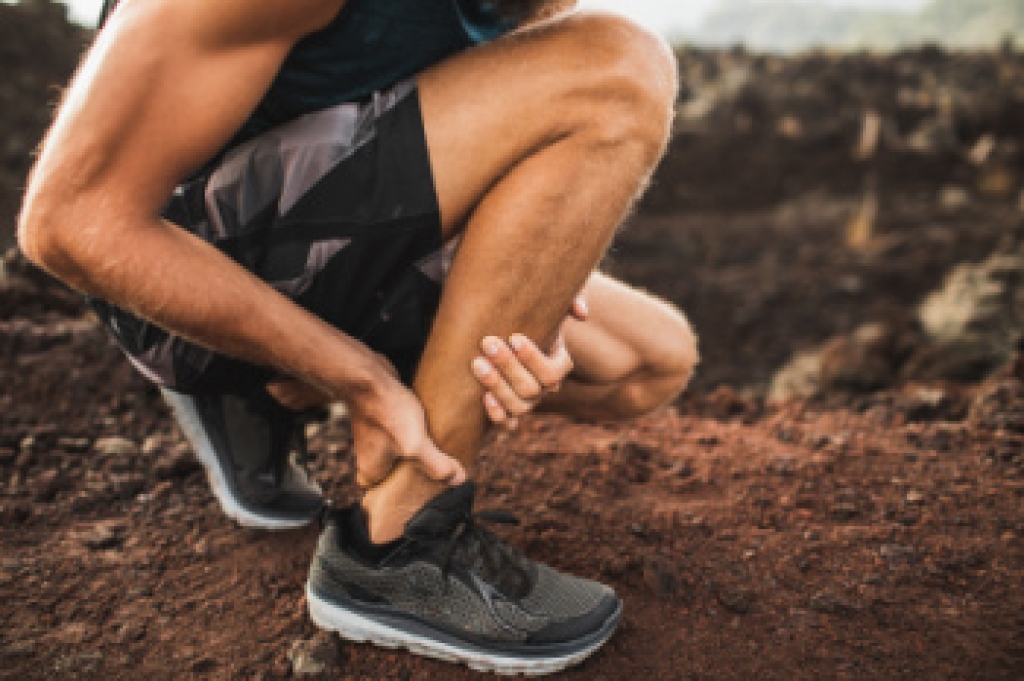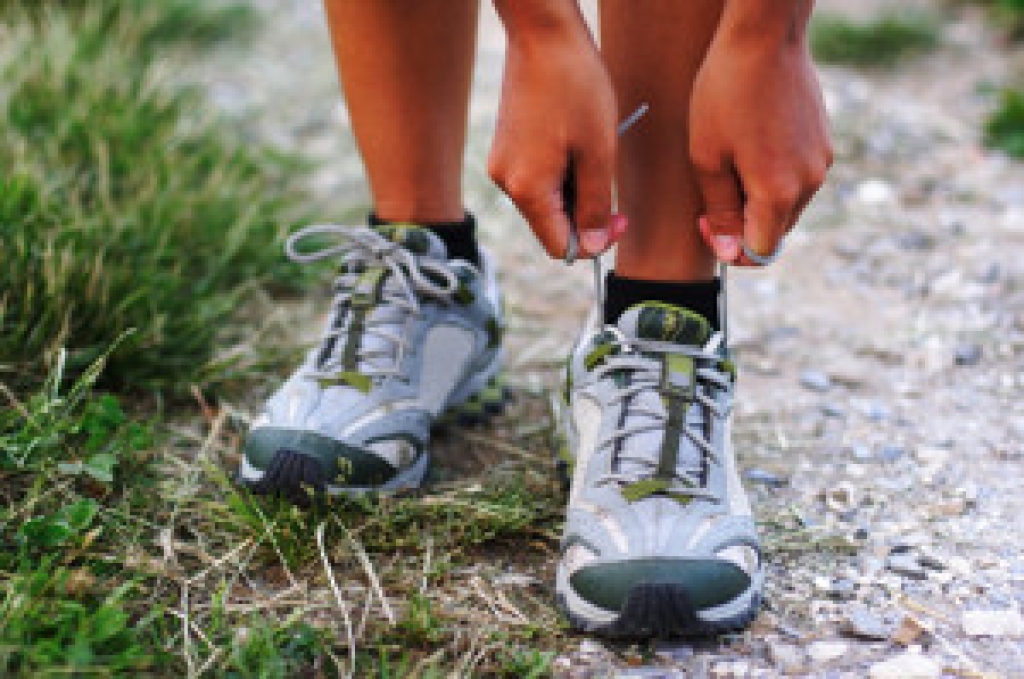
The Achilles tendon plays a vital role in walking, running, and standing on your toes. When it becomes strained or inflamed, even simple movements can become painful. Identifying risk factors early can help prevent long-term problems. Tight calf muscles, poor ankle flexibility, and a sudden increase in physical activity are common contributors. Wearing unsupportive shoes or changing exercise routines without preparation can also place added stress on the tendon. Age may also be a factor, as tendons naturally lose flexibility over time. People who have flat feet or high arches may place uneven pressure on the Achilles tendon, increasing the risk of injury. Past ankle injuries and certain medications can also weaken the tendon. If you are experiencing tightness, swelling, or pain near the back of your heel, it is suggested you visit a podiatrist to assess your risk, treat various foot conditions, and discuss steps to protect your Achilles tendon.
Achilles tendon injuries need immediate attention to avoid future complications. If you have any concerns, contact one of our podiatrists of Complete Foot & Ankle Specialists, LLC. our doctors can provide the care you need to keep you pain-free and on your feet.
What Is the Achilles Tendon?
The Achilles tendon is a tendon that connects the lower leg muscles and calf to the heel of the foot. It is the strongest tendon in the human body and is essential for making movement possible. Because this tendon is such an integral part of the body, any injuries to it can create immense difficulties and should immediately be presented to a doctor.
What Are the Symptoms of an Achilles Tendon Injury?
There are various types of injuries that can affect the Achilles tendon. The two most common injuries are Achilles tendinitis and ruptures of the tendon.
Achilles Tendinitis Symptoms
- Inflammation
- Dull to severe pain
- Increased blood flow to the tendon
- Thickening of the tendon
Rupture Symptoms
- Extreme pain and swelling in the foot
- Total immobility
Treatment and Prevention
Achilles tendon injuries are diagnosed by a thorough physical evaluation, which can include an MRI. Treatment involves rest, physical therapy, and in some cases, surgery. However, various preventative measures can be taken to avoid these injuries, such as:
- Thorough stretching of the tendon before and after exercise
- Strengthening exercises like calf raises, squats, leg curls, leg extensions, leg raises, lunges, and leg presses
If you have any questions please feel free to contact our offices located in Bellefontaine, OH and Springfield, OH . We offer the newest diagnostic tools and technology to treat your foot and ankle needs.




